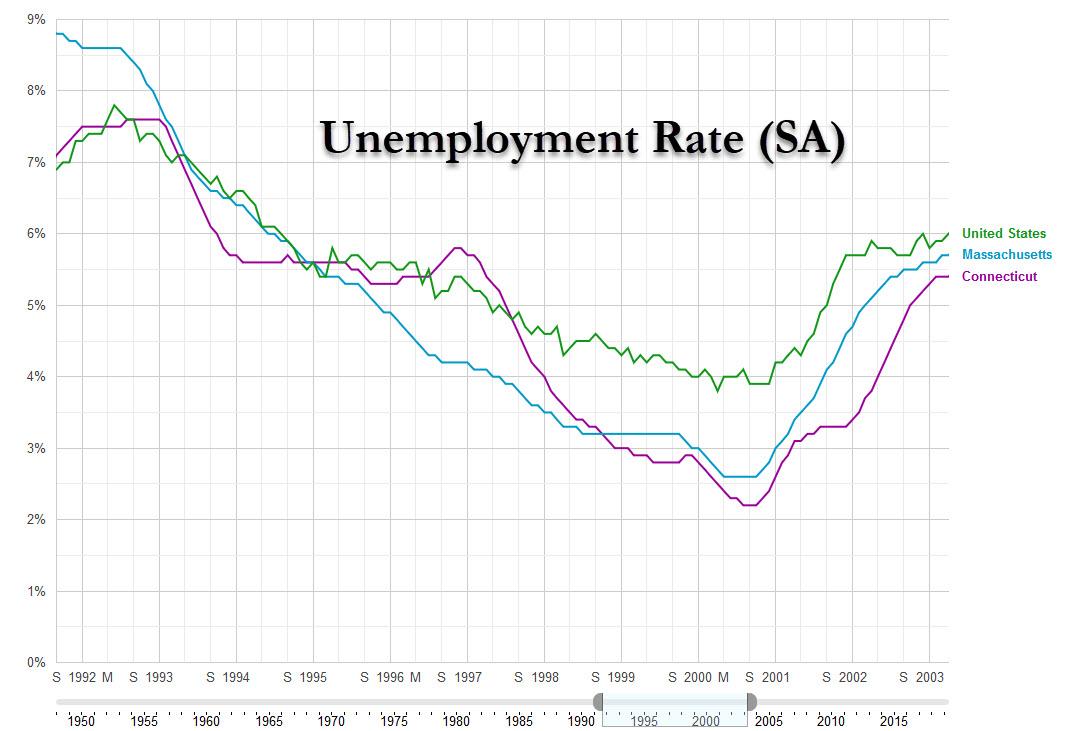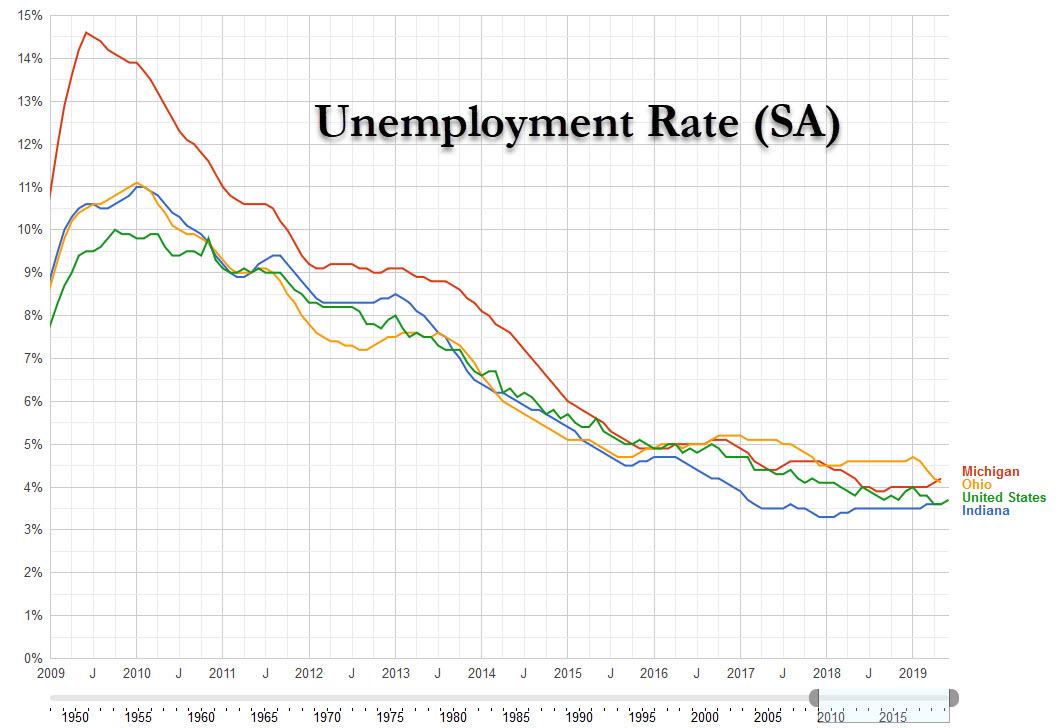“America’s largest drug companies saturated the country with 76 billion oxycodone and hydrocodone pain pills from 2006 through 2012 as the nation’s deadliest drug epidemic spun out of control,” The Washington Post reports, citing newly released data from the Drug Enforcement Administration (DEA). That lead and the headline above the article (“76 Billion Opioid Pills: Newly Released Federal Data Unmasks the Epidemic”) tell a simple and familiar story: Because doctors prescribed too many pain pills, people died—”nearly 100,000″ from 2006 through 2012, according to the Post, although data from the U.S. Centers for Disease Control and Prevention (CDC) indicate that the actual number for the drugs the Post is talking about was more like 68,000.
The reality is more complicated. It is clear that doctors, in many cases, did prescribe more pills than their patients ended up needing, since a lot of those pills were diverted to nonmedical use. But by counting all 76 billion as self-evidently problematic, the Post ignores the benefits of opioids for the millions of Americans who actually need them for pain relief—patients who are now suffering because of the crackdown encouraged by indignant and simplistic press coverage like this.
What is the right number of pills? The Post does not know, and neither does the DEA. But since misuse of prescription analgesics co-exists with undertreatment of pain, indiscriminate reductions in the total supply have predictably bad consequences for patients. That ham-handed approach also has driven nonmedical users toward black-market substitutes that are much more dangerous because their potency is inconsistent and unpredictable, which helps explain why the increase in opioid-related deaths accelerated in recent years even as the government succeeded in driving down opioid prescriptions.
It is also important to recognize that the “epidemic” described by the Post is not an increase in nonmedical use of opioids or even in “pain reliever use disorder.” According to data from the National Survey on Drug Use and Health, the incidence of both has been essentially flat since 2002, including the period on which the Post focuses. But the number of fatalities involving prescription analgesics has increased dramatically since 2002, part of a long-term upward trend in drug-related deaths that began in 1979—17 years before the introduction of OxyContin, which the Post fingers as the main pharmacological culprit (although it also notes that OxyContin accounts for just 3 percent of the legal opioid market).
These deaths typically do not involve legitimate pain patients who accidentally got hooked on medication their doctors prescribed for them. They generally involve people with long histories of substance abuse and psychological problems who use diverted pain medication along with other drugs. CDC data indicate that more than 90 percent of deaths involving prescription analgesics also involve other drugs, most commonly heroin and illicit fentanyl. Judging from New York City data, the actual percentage may be as high as 97 percent.
The increase in deaths seems to be caused not by a general increase in the rate of misuse but by an increase in reckless consumption, including injection, higher doses, and drug mixtures. That behavior can be understood only in the context of personal, social, and economic circumstances, including whatever factors have been driving up drug-related deaths since the late 1970s.
The Post implies that there is a straightforward relationship between opioid prescription rates and opioid-related deaths. That is not true even if you focus on deaths involving pain pills. Between 2006 and 2012, the Post says, West Virginia received the most pills per capita, and “West Virginia also had the highest opioid death rate during this period,” which was still true as of 2017, according to the CDC.
But what about the other states that rank high in pills per capita? Of the top 10 states listed by the Post, the CDC has data on deaths involving prescription analgesics for seven. In addition to West Virginia, they are Kentucky, South Carolina, Tennessee, Nevada, Oklahoma, and Oregon, and those are not the states with the highest death rates. Within this group, Kentucky had the highest rate in 2017 (10.2 per 100,000), but it was still lower than the rates in Maryland (11.5) and Utah (10.8), both of which had substantially lower prescription rates.
South Carolina’s death rate (7.1 per 100,000) was lower than the death rates not only in Maryland and Utah but also in Connecticut (7.7), the District of Columbia (8.4), Maine (7.6), New Mexico (8.5), Ohio (8.4), and Rhode Island (8.8). Again, all those states had lower opioid prescription rates, in some cases much lower. The same pattern holds true for Tennessee, Nevada, Oklahoma, and Oregon, all of which had lower death rates than states where fewer opioids were prescribed. The disparity is especially striking for Oregon, where the rate of deaths involving pain pills was just 3.5 per 100,000, lower than the rates in most states, even though Oregonians received more opioid prescriptions per capita than 29 states and D.C.
The point is not that pain pill prescriptions have nothing to do with deaths involving pain pills. But other factors are clearly at work. How does Oregon manage to have such a low death rate even though it has a relatively high prescription rate? Why do Utah and Maryland, both of which have lower prescription rates, have death rates much higher than Oregon’s? The answers to such questions could point the way to policies more nuanced and effective than the blanket demand that doctors stop prescribing so many pain pills.

from Latest – Reason.com https://ift.tt/2SpbBtb
via IFTTT





